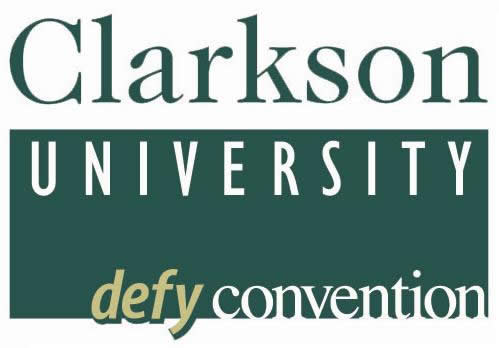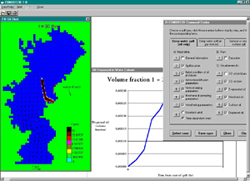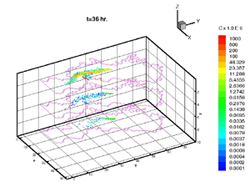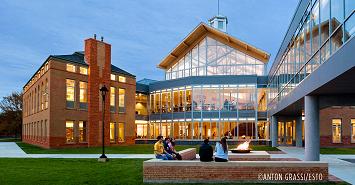
Poojitha D. Yapa
Professor of Civil and Environmental Engineering
Wallace H. Coulter School of Engineering
Clarkson University
COMBOS3D
(Three-Dimensional Comprehensive Oil Spill Model for Surface and Underwater spills)


This is a three-dimensional model that can simulate surface water oil spills or oil spills that originate as jets or plumes underwater. COMBOS3D model can simulate fate and transport of oil after a spill. It considers the following processes: Advection, Horizontal Diffusion, Spreading, Vertical mixing (3-D Dispersion in water column), Evaporation, and Dissolution. It can also simulate the behavior of oil gas mixtures from under water. The model has been extensively tested against available data. The comparisons between the model simulations and experiments were excellent, and can be found in Zheng and Yapa (1998) and Yapa et. al (1999).
COMBOS3D can simulate oil spills from moving sources such as a broken ship that keeps moving after an accident. For simulating oil processes such as emulsification, oil-sediment interactions and photo-oxidation see our model DEPOSE. COMBOS3D has been used in many practical applications: Oil spills in Japan including potential spills in Tokyo Bay, and Prestige spill simulation (off the coast of Spain and Portugal).

Experimenting, Developping Models and Sharing Knowledge on Deep Water Oil Related Problems for more than 20 Years

Clarkson University has a worldwide reputation for its leading oil and gas computational research More >>
Contact
- E-mail:
- pdy at clarkson dot edu
- Telephone:
- 315-268-7980
- Fax:
- 315-268-7985
- Address:
- Clarkson University
Box 5710,
130 Rowley Laboratories, Potsdam,
NY 13699-5710 U.S.A.